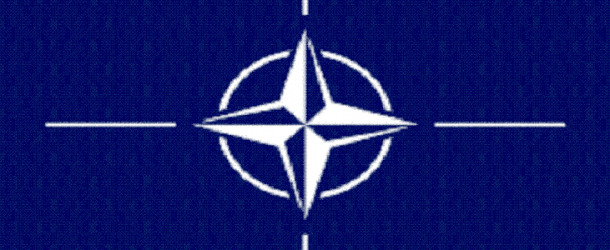Introduction
The North Atlantic Treaty Organization (NATO) is an international military organization consisting of 30 member countries. NATO has a plan known as Membership Action Plan. This plan helps aspiring members prepare for membership and meet requirements by providing practical advice and assistance.
NATO was established with the aim to protect the peace and security of the member countries and the region. Turkey is also a NATO member. The establishment of NATO dates back to the years characterized by the hostility between the United States and Soviet Russia that started after the Second World War. After the Second World War, Soviet Russia increased its role in Eastern and Central Europe and exercised military and political manipulations over Turkey, putting pressure on the entire Balkans as well. These developments have pushed Western Europe and the United States to take counter measures. The North Atlantic Treaty signed in Washington on April 4, 1949 and it was the most important of these measures.
NATO: Establishment Process and Objectives
NATO has emerged as a product of the Cold War era. NATO can be seen as one of the reflections of the struggle of the two powers (the US and the Soviet Union) trying to shape the international system for their own national interests after the Second World War. NATO was established with the Washington Agreement signed on April 4, 1949. Technically, NATO can be defined as an international organization established with the participation of nation-states. It is also known that NATO is also a military alliance.
Security and peace are presented as the main reasons for NATO’s existence. In the first article of the 14-article treaty that established the organization, it was clearly stated that the organization will provide international peace and security within the framework of UN objectives and principles, and peace and security were constantly used side by side in the remaining parts of the treaty.
Looking at NATO goals during the Cold War years, it can be said that, NATO has adopted a two-dimensional policy against the Soviet bloc. On the one hand, it aimed at fulfilling the duty of deterrence and protection, on the other hand, it developed policies and rules of conduct in order to resolve the conflicts arising with the Soviet bloc in a peaceful way.
In the early years of the post-Cold War era, NATO has had three main priorities. Eliminating the division in Europe which was a product of the Cold War and giving Soviet Russia an appropriate place in the new structure with the end of the division. Providing opportunities to bring stability to some European regions, which have not yet taken advantage of the opportunities created by the end of the Cold War represented NATO’s third priority (Türkeş, 1998; 205).
From the date of its establishment until the early 1990s, NATO has consistently adopted the discourse of the phenomenon of “Western Civilization” in order to legitimize its existence. This discourse is embraced in achieving the organizational goals. NATO has tried to present itself as the protective shield of Western values, freedom and democracy (Jackson, 2003: 239)
Conclusion
With the fall of the Berlin Wall, the Cold War was over. Communism collapsed. The US has become the dominant actor in world politics. Despite all these radical changes and the diversification of the international structure, the power division in the international community still continues. In such a structure, security continues to be the value that should be protected primarily for all the states. In this context, NATO continues to be a relevant actor that still maintains its importance.
As known a few days ago, clashes broke out in the Armenia-Azerbaijan front line after Armenian forces opened fire on Azerbaijani civilian settlements. NATO called on Azerbaijan and Armenia to stop fighting on the front line. In his written statement, NATO Secretary General Jens Stoltenberg’s Special Representative for the Caucasus and Central Asia, James Appathurai stated that NATO has been deeply concerned about the clashes in Nagorno-Karabakh front line.
Dr. Begüm BURAK
REFERENCES
- Jackson, Patrick Thaddeus (2013), “Defending the West: Occidentalism and the Formation of NATO”, The Journal of Political Philosophy, Vol. 11, No: 3.
- NATO official web site, https://www.nato.int/.
- Türkeş, Mustafa (1998), “Doksanlı Yıllarda NATO’nun Öncelikleri ve Türkiye”, Gencer Özcan & Şule Kut, (der.), En Uzun On Yıl, İstanbul, Boyut Kitaplar.




















































